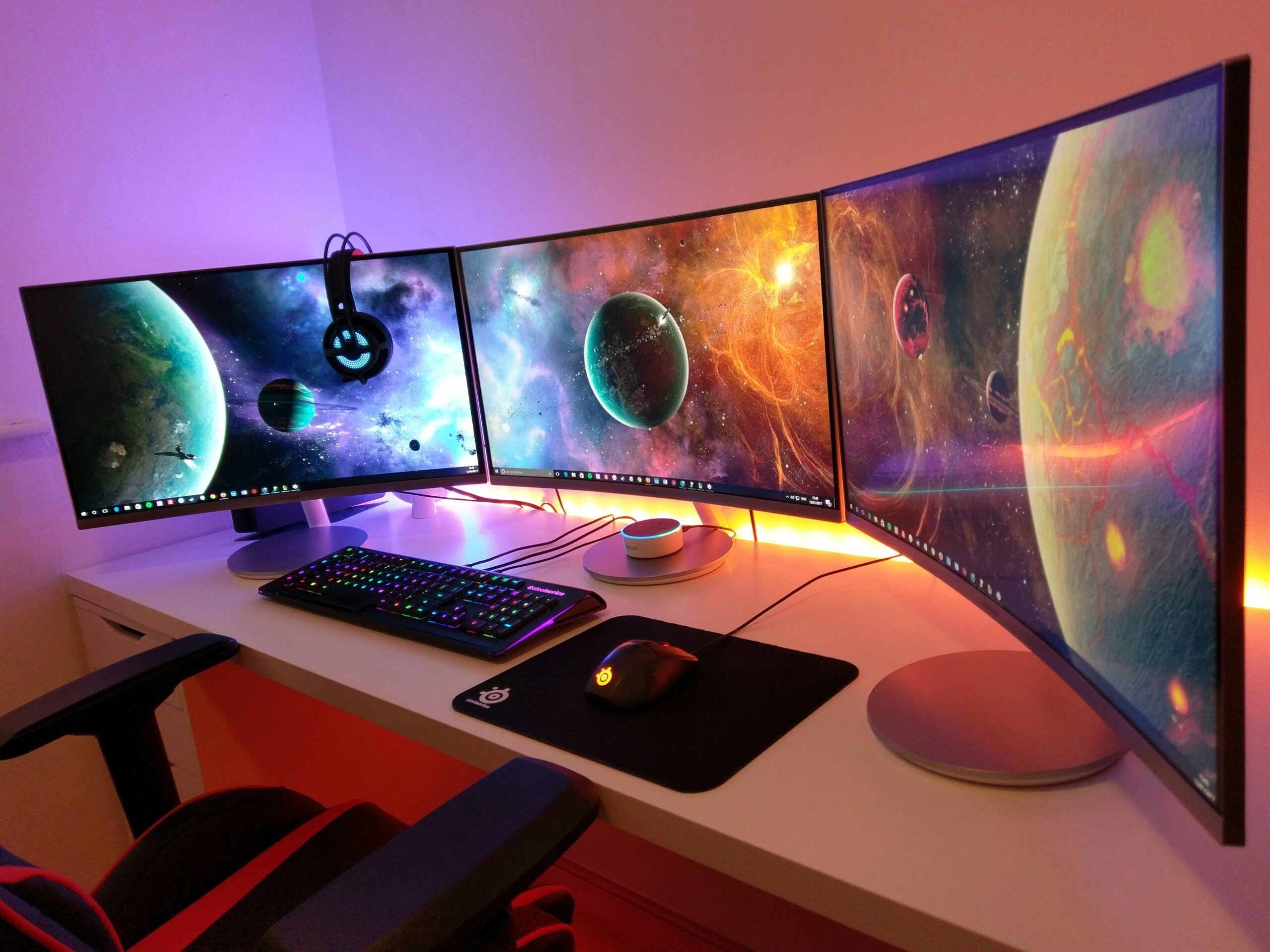Basics of Computer Hardware Troubleshooting: Diagnosing and Fixing Common Issues

Introduction
Computer hardware issues can be frustrating and disruptive, especially when they occur unexpectedly. Understanding the basics of computer hardware troubleshooting can help you diagnose and fix common issues, saving you time and money. In this article, we will explore some essential steps to help you identify and resolve hardware problems.
Step 1: Identify the Problem
The first step in troubleshooting computer hardware is to identify the problem. Start by observing any error messages or unusual behavior your computer is exhibiting. Is it not turning on? Are there any strange noises? Does it freeze or crash frequently? By noting these symptoms, you can narrow down the potential causes.
Step 2: Check Connections
Loose or faulty connections can often lead to hardware issues. Start by checking all the cables and connections, ensuring they are securely plugged in. This includes power cables, monitor cables, and any other peripherals connected to your computer. If you find any loose connections, try reconnecting them and see if the problem persists.
Step 3: Restart Your Computer
Restarting your computer can sometimes resolve minor hardware issues. This simple step can help clear temporary glitches and refresh the system. If the problem persists after restarting, move on to the next step.
Step 4: Update Drivers
Outdated or incompatible drivers can cause hardware problems. Check for driver updates for your specific hardware components, such as the graphics card, sound card, or network adapter. Visit the manufacturer’s website or use a reliable driver update tool to ensure you have the latest drivers installed.
Step 5: Run Diagnostic Tools
Many operating systems come with built-in diagnostic tools that can help identify hardware issues. These tools can scan your system for errors and provide detailed reports. Run these tools to get a better understanding of the problem and potential solutions.
Step 6: Test Hardware Components
If the previous steps haven’t resolved the issue, it’s time to test the individual hardware components. Start by disconnecting any unnecessary peripherals and testing the computer with the basic components only. Gradually reconnect each component, testing them one by one. This process can help pinpoint the faulty hardware.
Step 7: Seek Professional Help
If you have followed all the steps above and still can’t resolve the hardware issue, it may be time to seek professional help. Contact a reputable computer repair service or the manufacturer’s support team for further assistance. They have the expertise and tools to diagnose and fix complex hardware problems.
Preventive Measures
Prevention is always better than cure. To minimize the chances of encountering hardware issues, here are some preventive measures:
- Keep your computer clean and free from dust.
- Avoid overheating by ensuring proper ventilation.
- Use a surge protector to protect against power surges.
- Regularly update your operating system and software.
- Handle hardware components with care when installing or removing them.
Conclusion
Computer hardware troubleshooting doesn’t have to be daunting. By following these basic steps, you can diagnose and fix common hardware issues on your own. Remember to be patient and methodical in your approach. If all else fails, don’t hesitate to seek professional help. With a little knowledge and perseverance, you can keep your computer running smoothly and efficiently.



Leave a Comment